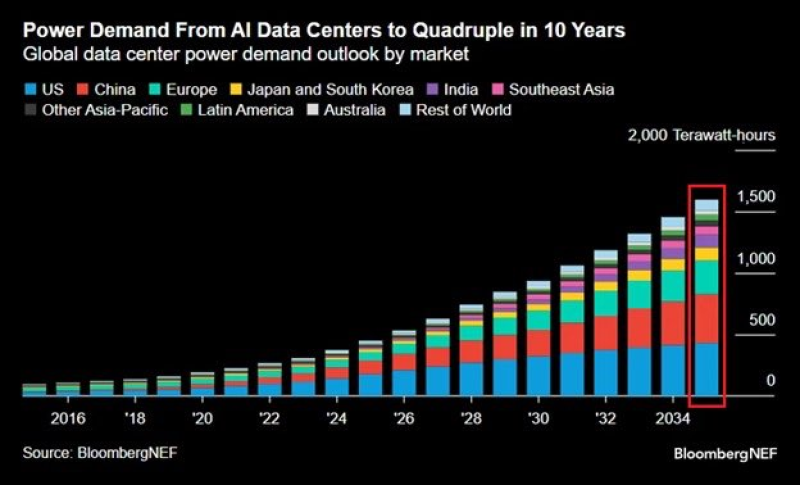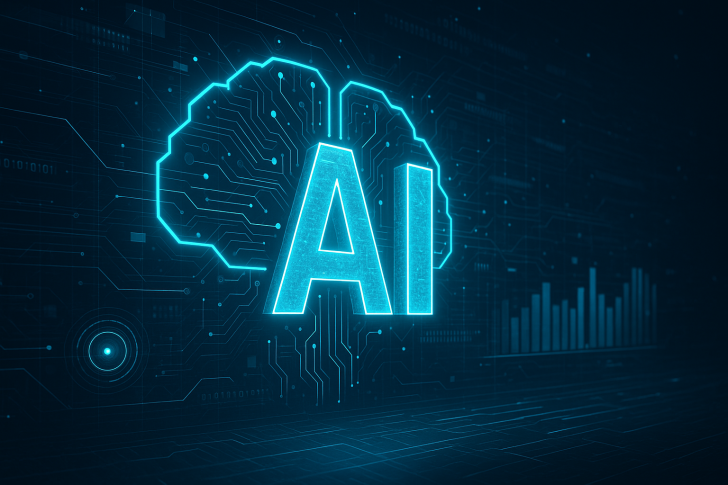Artificial intelligence isn't just changing how we work and live—it's fundamentally reshaping how the world produces and consumes energy. This surge is forcing governments and corporations to rethink everything about power generation, storage, and distribution.
The Energy Challenge
Market analyst Shay Boloor recently highlighted a startling projection: AI data centers could quadruple global electricity demand within the next decade. AI models, particularly large language models and generative AI systems, are incredibly power-hungry.
Training these models and running them at scale consumes enormous amounts of electricity, and as AI adoption accelerates across industries, that demand is only going to grow. The solution isn't simply generating more power—it's about generating cleaner, more reliable energy that can keep pace with AI's insatiable appetite.

Battery Storage: Stabilizing the Grid
Battery storage systems are emerging as a critical piece of the puzzle. Companies like Tesla (TSLA) and EOS Energy Enterprises (EOSE) are building massive storage facilities that capture excess renewable energy and release it during peak demand hours. This helps smooth out the grid's volatility and ensures data centers can operate without interruption, even when the sun isn't shining or the wind isn't blowing.
Nuclear Power: The Baseload Solution
Nuclear energy is making a comeback as the most reliable baseload option. Unlike renewables, nuclear can deliver consistent power around the clock. Firms like Oklo (OKLO), NuScale Power (SMR), BWX Technologies (BWXT), and Constellation Energy (CEG) are developing small modular reactors specifically designed to sit adjacent to AI campuses, providing dedicated, carbon-free power whenever it's needed.
Infrastructure: Building for Scale
Infrastructure expansion is equally urgent. The existing electrical grid wasn't built to handle this kind of concentrated demand. Companies like Vistra Corp (VST) and Vertiv Holdings (VRT) are investing heavily in transmission upgrades and next-generation cooling systems—both essential for keeping massive AI facilities running efficiently without melting down.
Natural Gas: Bridging the Gap
Natural gas will continue serving as a transitional fuel, filling in the gaps when renewable sources fall short. Players like Vanguard Natural Resources (VG) and NextDecade (NEXT) are expanding liquefied natural gas capacity to provide stable backup power during lulls in solar and wind generation.
Renewables: The Long-Term Vision
Renewable energy remains the long-term goal, with solar and wind expected to dramatically reduce the cost of computing power over time. First Solar (FSLR), Bloom Energy (BE), and NextEra Energy (NEE) are scaling up production to supply affordable daytime electricity that, when combined with battery storage, could eventually power AI operations sustainably and economically.
 Marina Lyubimova
Marina Lyubimova

 Marina Lyubimova
Marina Lyubimova


